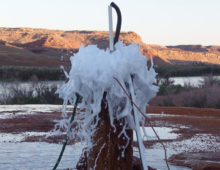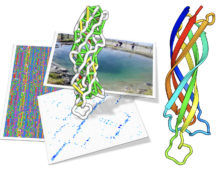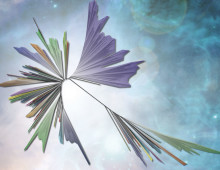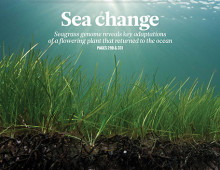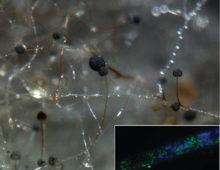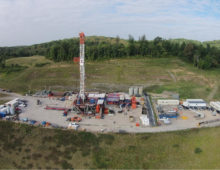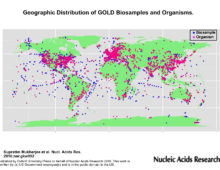Metagenomics Leads to New CRISPR-Cas Systems
First CRISPR-Cas9 system in archaea discovered The Science Through metagenomic data generated by the DOE Joint Genome Institute, researchers analyzed 155 million protein coding genes from uncultivated microbial communities, leading to the discovery of the first CRISPR-Cas9 protein in the archaeal domain, and of two previously unknown simple bacterial CRISPR-Cas systems. The Impact Microbes play… [Read More]
